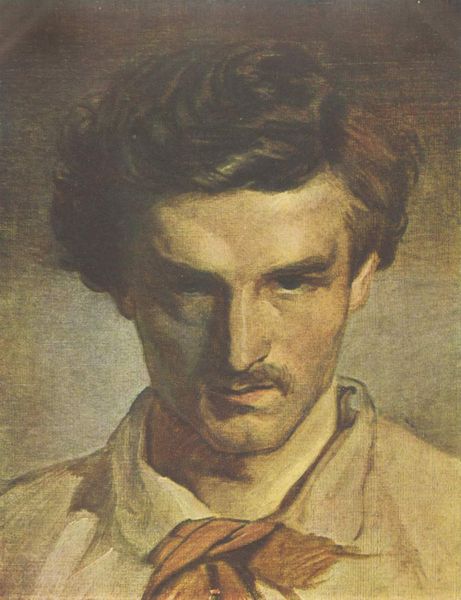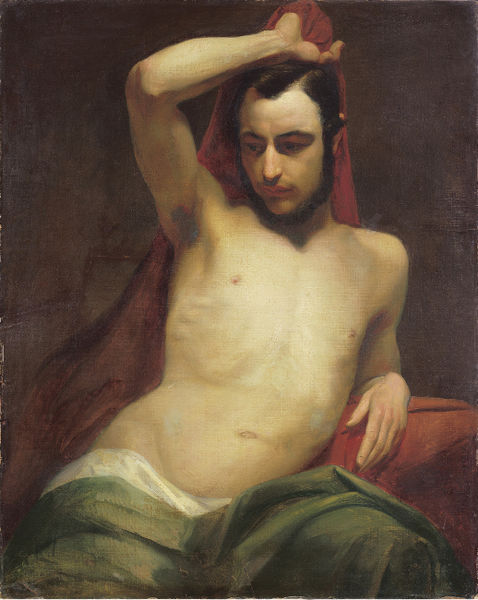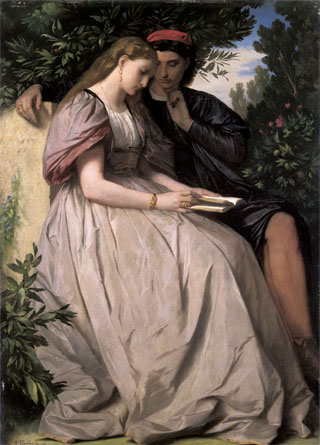Anselm Feuerbach (1829—1880)
Get a Feuerbach Certificate of Authenticity for your painting (COA) for your Feuerbach drawing.
For all your Feuerbach artworks you need a Certificate of Authenticity (COA) in order to sell, to insure or to donate for a tax deduction.
Getting a Feuerbach Certificate of Authenticity (COA) is easy. Just send us photos and dimensions and tell us what you know about the origin or history of your Feuerbach painting or drawing.
If you want to sell your Feuerbach painting or drawing use our selling services. We offer Feuerbach selling help, selling advice, private treaty sales and full brokerage.
We have been authenticating Feuerbach and issuing certificates of authenticity since 2002. We are recognized Feuerbach experts and Feuerbach certified appraisers. We issue COAs and appraisals for all Feuerbach artworks.
Our Feuerbach paintings and drawings authentications are accepted and respected worldwide.
Each COA is backed by in-depth research and analysis authentication reports.
The Feuerbach certificates of authenticity we issue are based on solid, reliable and fully referenced art investigations, authentication research, analytical work and forensic studies.
We are available to examine your Feuerbach painting or drawing anywhere in the world.
You will generally receive your certificates of authenticity and authentication report within two weeks. Some complicated cases with difficult to research Feuerbach paintings or drawings take longer.
Our clients include Feuerbach collectors, investors, tax authorities, insurance adjusters, appraisers, valuers, auctioneers, Federal agencies and many law firms.
We perform Anselm Feuerbach art authentication, appraisal, certificates of authenticity (COA), analysis, research, scientific tests, full art authentications. We will help you sell your Anselm Feuerbach or we will sell it for you.

German painter, born at Speyer, the son of a well-known archaeologist, was the leading classicist painter of the German 19th-century school. He was the first to realize the danger arising from contempt of technique, that mastery of craftsmanship was needed to express even the loftiest ideas, and that an ill-drawn colored cartoon can never be the supreme achievement in art. After having passed through the art schools of Düsseldorf and Munich, he went to Antwerp and subsequently to Paris, where he benefited by the teaching of Couture, and produced his first masterpiece, “Hafiz at the Fountain” in 1852.

He subsequently worked at Karlsruhe, Venice (where he fell under the spell of the greatest school of colorists), Rome and Vienna where he associated with Johannes Brahms. He was steeped in classic knowledge, and his figure compositions have the statuesque dignity and simplicity of Greek art. Disappointed with the reception given in Vienna to his design of “The Fall of the Titans” for the ceiling of the Museum of Modeling, he went to live in Venice, where he died in 1880.

His works are to be found at the leading public galleries of Germany; Stuttgart has his “Iphigenia”; Karlsruhe, the “Dante at Ravenna”; Munich, the “Medea”; and Berlin, “The Concert”, his last important picture. Among his chief works are also “The Battle of the Amazons”, “Pietà”, “The Symposium of Plato”, “Orpheus and Eurydice” and “Ariosto in the Park of Ferrara”.

Still wondering about a 19th century German painting in your family collection? Contact us…it could be by Anselm Feuerbach.
Reviews
1,217 global ratings
5 Star
4 Star
3 Star
2 Star
1 Star
Your evaluation is very important to us. Thank you.
